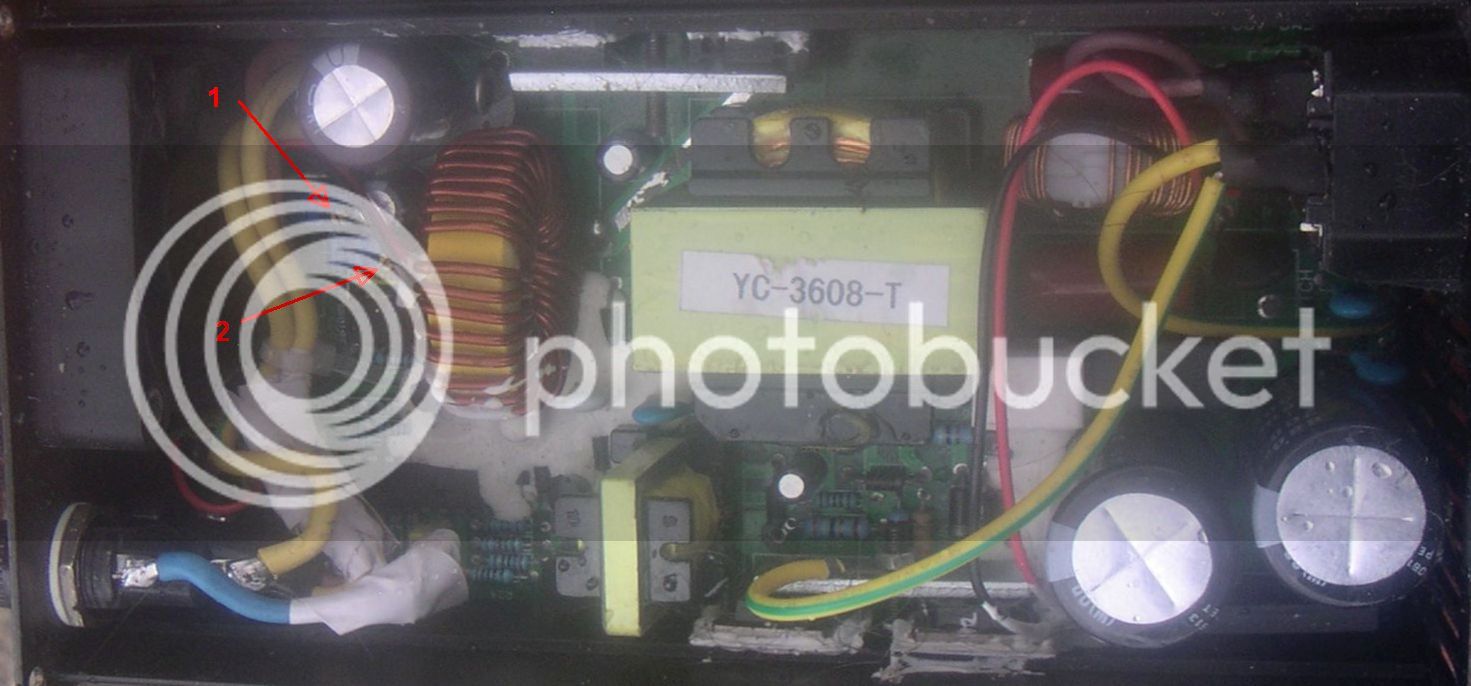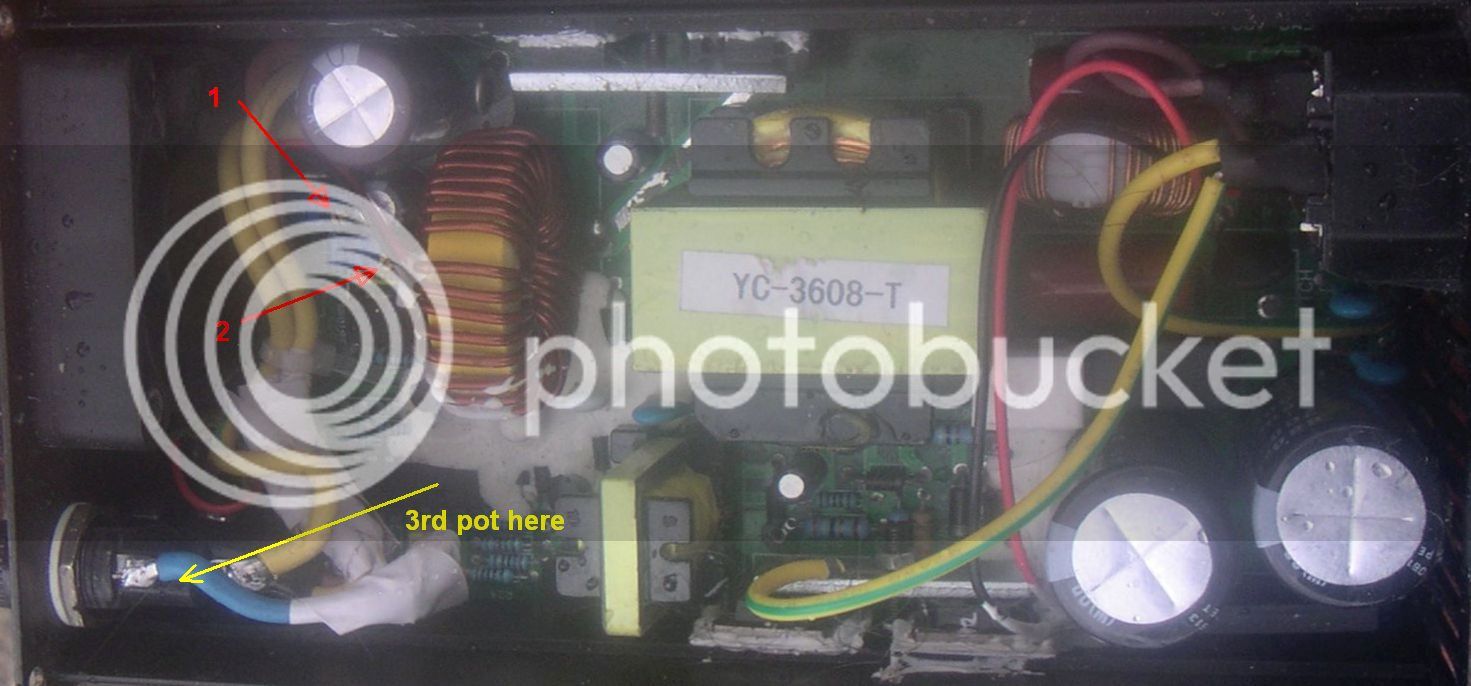kdog
10 kW
Ahh so now I see the identical circuitry around the hi and low side transistors. R20 is 2R20 (2.2 ohms) so R6 should be the same correct?
I'll get the bits from the local electrical store (thanks for offer) and solder in a couple of new leaded R's as you suggested. Thanks for the hole desoldering tip! I'll have to wait til Monday til the shop is open so no progress for a while.
I like learning about these things, anything but basic circuitry was a mystery to me ( even though I've a reasonable understanding of basic electrics) so it's good to start to understand how it all fits together
Cheers for your help
Kdog
I'll get the bits from the local electrical store (thanks for offer) and solder in a couple of new leaded R's as you suggested. Thanks for the hole desoldering tip! I'll have to wait til Monday til the shop is open so no progress for a while.
I like learning about these things, anything but basic circuitry was a mystery to me ( even though I've a reasonable understanding of basic electrics) so it's good to start to understand how it all fits together
Cheers for your help
Kdog



